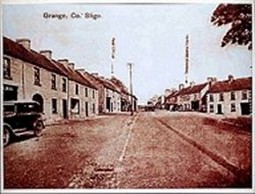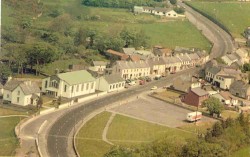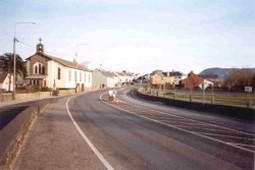The village of Grange has a long history, and is reputed to have its origins with the construction of a defensive castle by the O'Harts, called "Caislean na Grainsigh. This was partially demolished in 1526 by O'Donnell, but the remnants were used as a malt or grain house - where the village gets its name - until the castle was rebulit in 1604, which is no longer in existence.


However, the village is most famous for its connection with the Armada, where several ships sank near Streedagh beach in 1588. At the time, the village was a small hamlet of thatched cabins and huts, occupied by local tradesmen, and important buildings, such as St. Molaise Church, the Presbytery and Grange school were not constructed until the late nineteenth century. The 1837 OS map shows that there was also a Tuck Mill and mill race south of the village next to the river, and that the village had expanded to include a few shops, pubs and a post office.
Until recently, the village hardly changed except for a gradual growth of ribbon development along the N15 and the rural lanes, and the development of some of the Church lands into a public park by Sligo County Council in 1985, which includes a shrine to St. Molaise. Therefore, despite the surge in recent modern development, Grange has managed to retain its historical "Traditional" character, and a number of important historic buildings and remnants of Grange's archaeological heritage still remain within and around the village.
